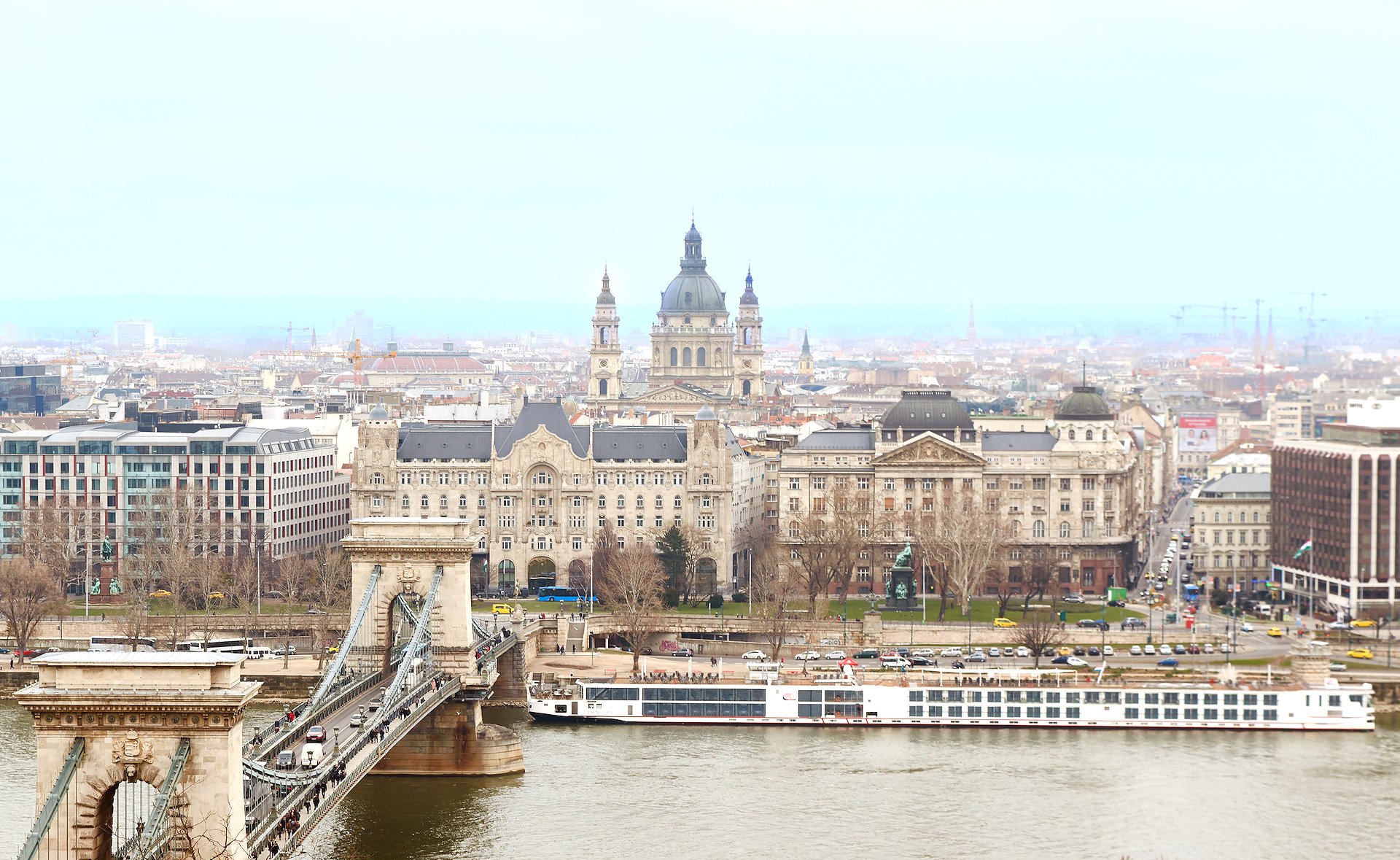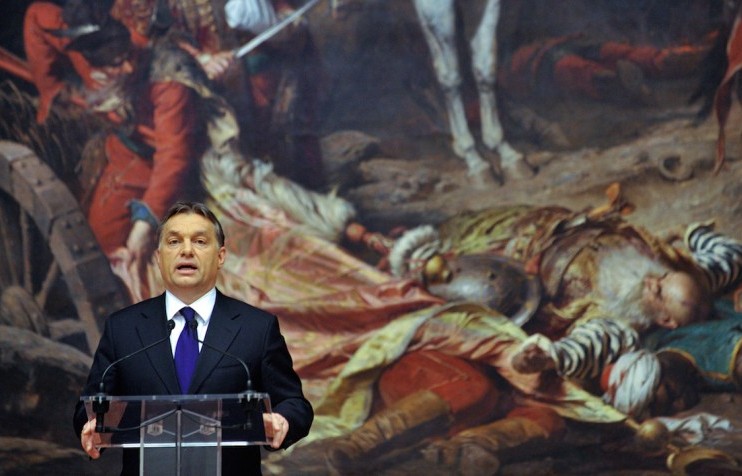In rural Hungary, photographer Máté Bartha reveals the human face of a military youth camp
For his award-winning series Kontakt, photographer Máté Bartha spent 18 months living and working at a military-style youth camp in his native Hungary. Bearing witness to the daily routine of dozens of children, as they rise early, rest late, and undergo weeks of strenuous army training, Bartha comes to question his preconceptions of military life. In an increasingly nationalistic country, how should we understand the role of such camps in the forging of community?
Bartha’s eye is sympathetic, drawn to the human — and humanising — moments that pass between the young people around him. His ambivalence towards the role and function of the camp results in images of nuanced power: a version of childhood innocence, exploration, and communion shining through a context usually designed to quell such traits.
Máté Bartha is one of the photographers taking part in Unseen Amsterdam 2019.
I’ve always thought of myself as a citizen of the world, so I find national pride something entirely abstract. But the kind of patriotism I was introduced to within the community I photographed was in many ways different to how I imagined it to be. The NGO, Honvédsuli (Home Defence School), keeps its distance from politics and tries to build a community on “camaraderie” and love of the land, rather than any particular political ideology. It’s not easy to separate these, and the presence of air-soft weapons and military uniforms leave the observer feeling uneasy. But this ambivalence enabled me to think about these topics from a more distanced position: should we look upon war and weapons as things which are, at times, unavoidable? Maybe even involve our children in this discussion? Can there be a healthy level of patriotism — one that connects? The leaders of the camp believe that today’s youth — especially in the rural areas where the NGO is active — is losing its communities, and is becoming demotivated because of the loss of contact with each other and with nature. The hardships they experience in the camps — for which the weapons and uniforms serve as tools — are meant to bring them closer to each other.
My main inspiration for this project came from my experiences of staying with the camp over a period of a year and a half. I encountered several difficult stories with kids from very disadvantaged backgrounds, many of whom drifted between foster parents or were taken out of school by parents to earn money working in the fields. It’s easy to see why a community that stands for being strong and proud can be attractive for such people. But this doesn’t necessarily mean that they’ll be heading in a harmful direction. After months, I found myself seeing the entire military role-play as an adventurous game that motivates these children to spend nights in a tent, watch over a fire, or hike up a mountain. I was touched, sometimes confused, to see older kids punish bullies with things like push-ups, which made me rethink what I’d previously thought about discipline or community. While I couldn’t get used to seeing kids with weapons, the way they talked about war as a way of highlighting the importance of life really drove me to find a shape for this material, one which would make people think and talk.
I researched how heroism and violence has been portrayed across different eras and cultures, and found, quite banally, that they’ve always played an important role. I wanted to have clean portraits and landscapes, with the essence of nature, youth, strength, weakness, and love. They’re the kind of basic qualities we can easily connect over. I tried to use symbols and compositions that either remind the viewer of something they’ve already seen elsewhere — in a film, a classical painting, war photography — or carry contradictory meaning, leaving the observer with ambiguity.
What I question most [in the modern age] is our capacity to overcome our tendency to treat anyone who is different from us as an enemy. There is the love of power and desire for more. I often think how being able to imagine a peaceful world — where everyone shares at least a few common values — doesn’t necessarily enable us to build one. I tend to be more and more pessimistic when thinking about our society’s future. Being “European” doesn’t mean more to me than being humane, which should be the same everywhere around the world. Sadly, even an expression like “European” can be easily abused and used to turn people against each other. Is it a phrase that means being emphatic, helpful and open to others, or is it something that’s about preserving particular cultural formations at any cost? For artists, these times should show us the need to work with difficult and confusing questions — to bring different opinions together — rather than dividing them even more.
The girl in this picture [above], Vivien, was a participant of this community. She has since become the protagonist of my graduation documentary movie titled Downstream, which I shot while working on photography. Ultimately, each of my projects has helped me understand the other better. Vivien’s tough background and life made me realise how the kind of attention she receives and the strength she experiences in the camps help her make hard decisions when she’s out in the “real” world. This close focus on one particular story enabled me to portray a wider perspective of ideas with the photo series Kontakt.
When it comes to photography, I’d be happier if less visual material was produced overall, but the stuff that we did create was done with more circumspection. It’s especially important for those who have great responsibility in their hands: artists, journalists, etc. If we want to get better and improve as a civilisation, then it’s utterly useless to be satisfied with just aesthetically-pleasing or interesting content. The problem is that ethically-sound, crafted material tends to appear less interesting — even boring — compared to something that offers simple, easy-to-digest answers. But this way, we’re never going to leave our safe little bubbles, and that’ll ultimately lead to conflict.
As a creative person, I’m motivated by finding myself in new situations: experiencing things that would be otherwise impossible. I try to steer every decision in my private life towards the lesser-known path, to learn the most that I possibly can.














